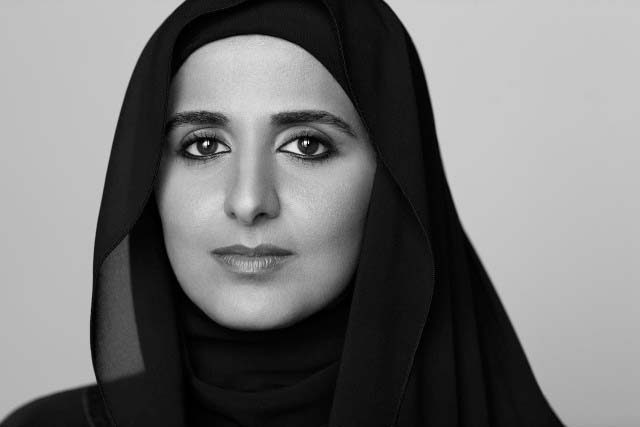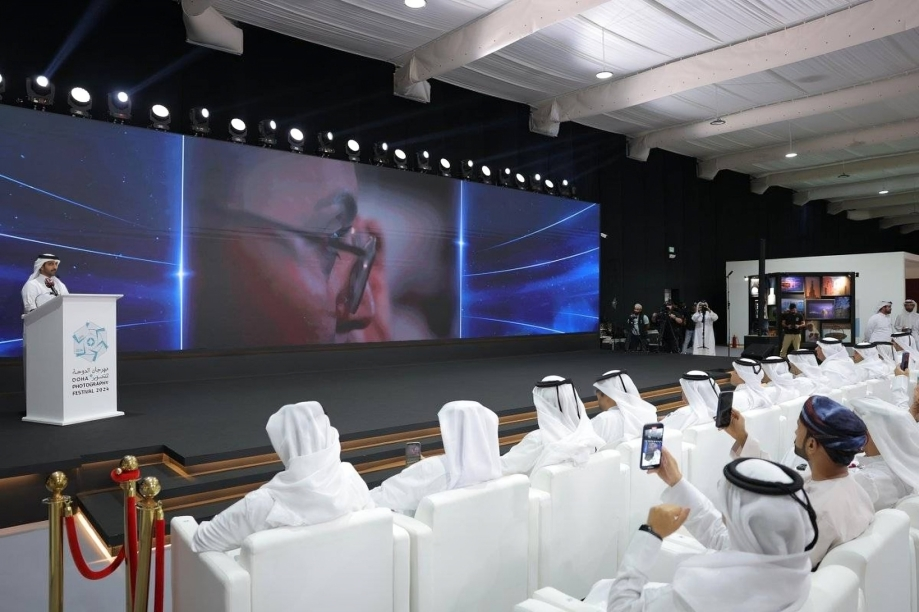
Yet another publication has named Sheikha Al-Mayassa bint Hamad Al Thani, chairperson of the Qatar Museums Authority (QMA), among the most powerful players in the art world.
This week, Al Thani, sister to the current Emir and daughter to the former one, topped the Art Review Power 100 for the first time, up 11 places from her 2012 ranking.
Among the main reasons for the title is the fact that she holds the purse strings to an estimated annual art fund of $965m. Speaking to the Guardian, the editor of Art Review Mark Rappolt, said she had gained her place because of “the sheer buying power, and what that means for the market.”
The newspaper lists several significant recent purchases, including $259 million for one of Paul Cezanne’s The Card Players and a reported $310m for 11 Rothkos, although these remain unconfirmed.
In 2011, the chairwoman topped Art & Auction magazine’s Power 100 list, the same year she hired Edward Dolman, former chairman of Christie’s International, to join QMA’s board.
Sheikha Al-Mayassa’s QMA has been spearheading a drive to bring a large volume of high-profile international art to Qatar in the last few years, both for the royal family’s private collection and for public display.
In the latter group are public art installations like Richard Serra’s Seven, Damien Hirst’s The Miraculous Journey, and Adel Abdessemed‘s Coup de Tête; the opening of Mathaf, the Arab Museum of Modern art; and the newly-opened, much publiczsed Damien Hirst retrospective at Al Riwaq, Relics.
According to Rapolt:
“As the art market and art scene generally has globalised, we are seeing a dominance of that sense of art as being something that is exchanged. What’s happening with Qatar epitomises that. It is symptomatic of a trend that you can have someone buying up western art, importing it to what is essentially the middle of the desert.”
Push and pull
Sheikha Al-Mayassa has made no secret of her desire to transform Qatar into a center for important art. In a 2010 TED Talk, she explained:
“We are revising ourselves through our cultural institutions and cultural development. Art becomes a very important part of our national identity.”
Not everyone appears to share that vision. Recently, the Qatar Museums Authority announced that it would be transforming itself from a government organization into a “private entity for public good” following a scathing newspaper column published in Al Arab accusing its expatriate management of corruption and nepotism.
QMA has also been criticized for its public art program, with some nationals expressing anger at the amount of money spent on the project, and dismay at “Coup de Tete,” which some said offended religious sensibilities.
Meanwhile, in a review of the Relics exhibition, the Economist expressed cynicism about Qatar’s art-buying efforts, stating that Hirst’s show “should even be able to lure people to the barren coast of the Gulf.”
It also suggested that introducing internationally-renowned art is part of an effort to “liberalise” Qatari culture:
“Some see in the QMA’s efforts an eagerness to appeal to the Western art world…But others glimpse a more subtle effort to liberalise Qatar’s local culture. Contemporary art may serve as a Trojan shark, so to speak, provoking debate about public representations of the body and freedom of expression.”
Thoughts?







